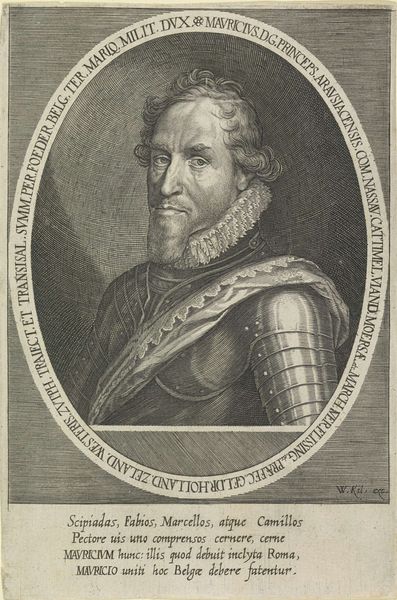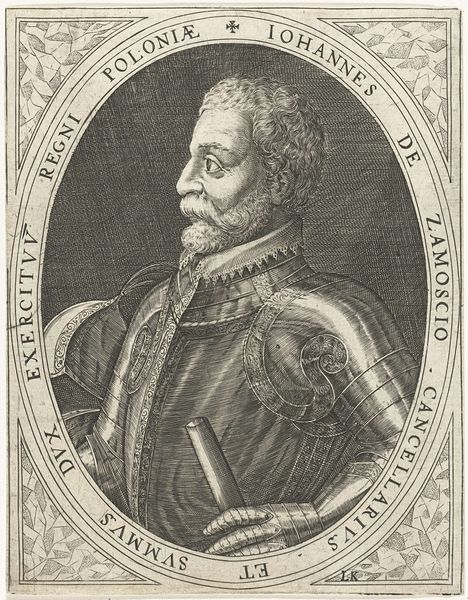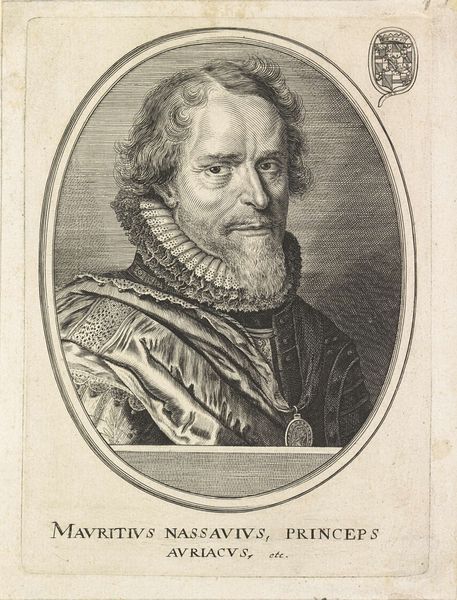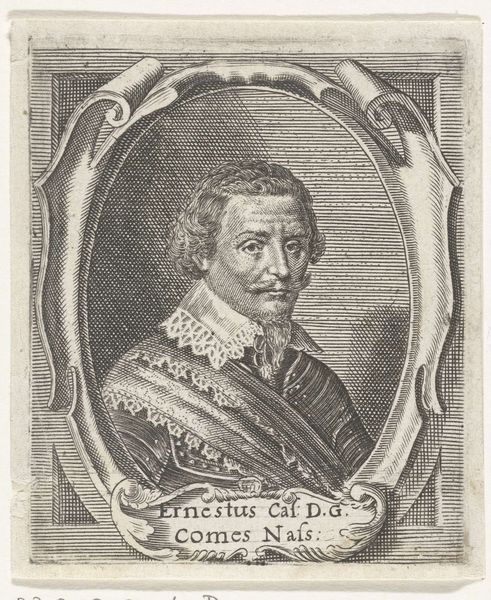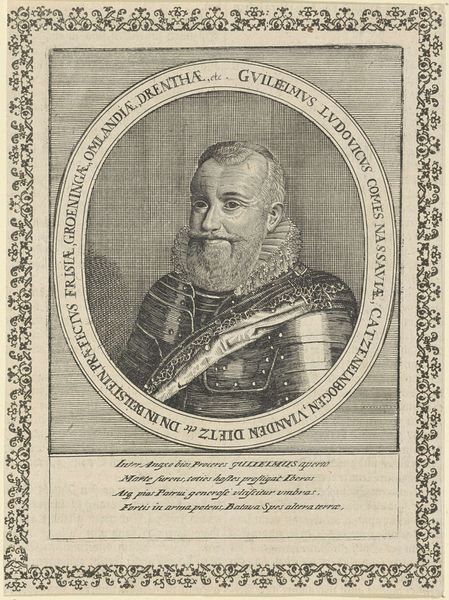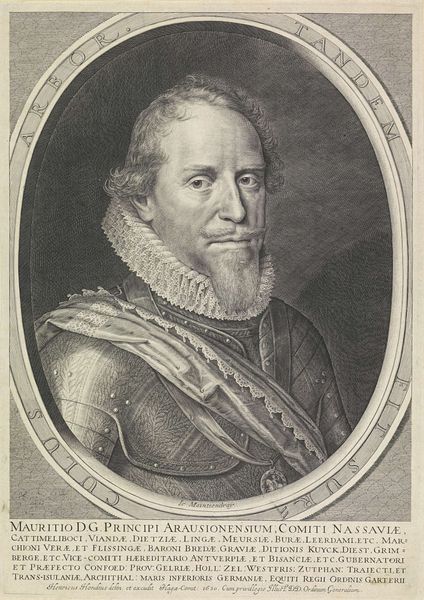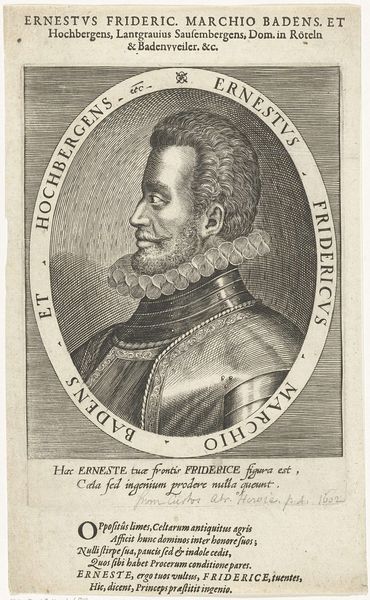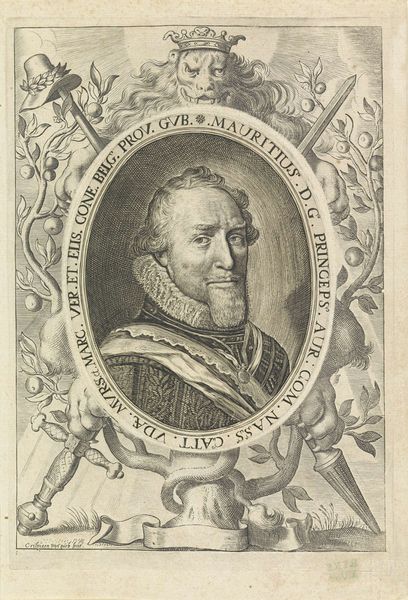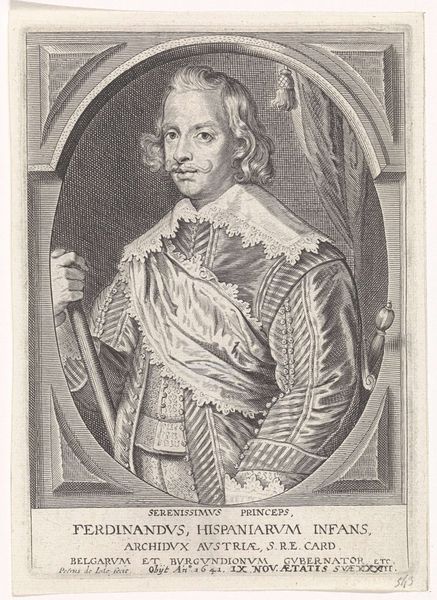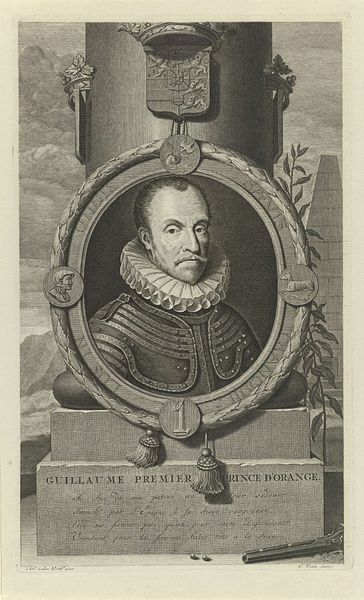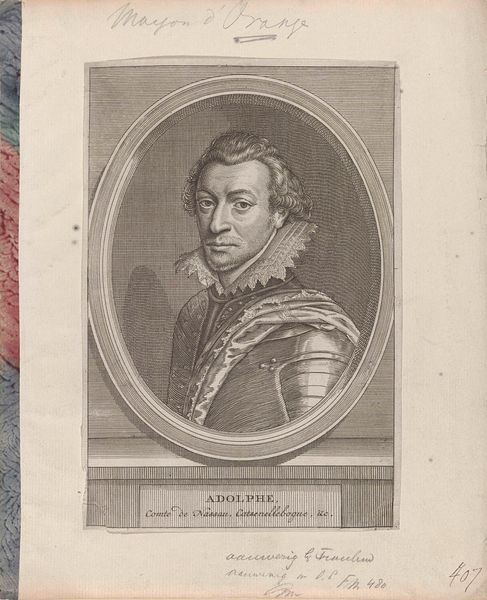
print, engraving
#
portrait
#
baroque
# print
#
history-painting
#
engraving
Dimensions: height 192 mm, width 122 mm
Copyright: Rijks Museum: Open Domain
This is a portrait of Maurits, Prince of Orange, made by an anonymous artist, probably sometime in the 17th century. It's an engraving, meaning that the image was incised into a metal plate, likely copper, and then printed onto paper. The process itself is fascinating. The artist would have used a tool called a burin to carefully carve lines into the plate. These lines hold ink, which is then transferred to the paper under high pressure. Look closely, and you can see the incredible detail achieved through this meticulous process. Engraving was a skilled craft, demanding precision and control. It wasn't just about replicating an image; it was about translating it into a language of lines and textures. The contrast between the dark lines and the white paper creates a striking visual effect. And consider the social context: prints like this were a way to disseminate images and information, playing a crucial role in shaping public opinion and spreading ideas. It’s a reminder that even seemingly simple prints have a rich history of craft, labor, and cultural significance.
Comments
No comments
Be the first to comment and join the conversation on the ultimate creative platform.
